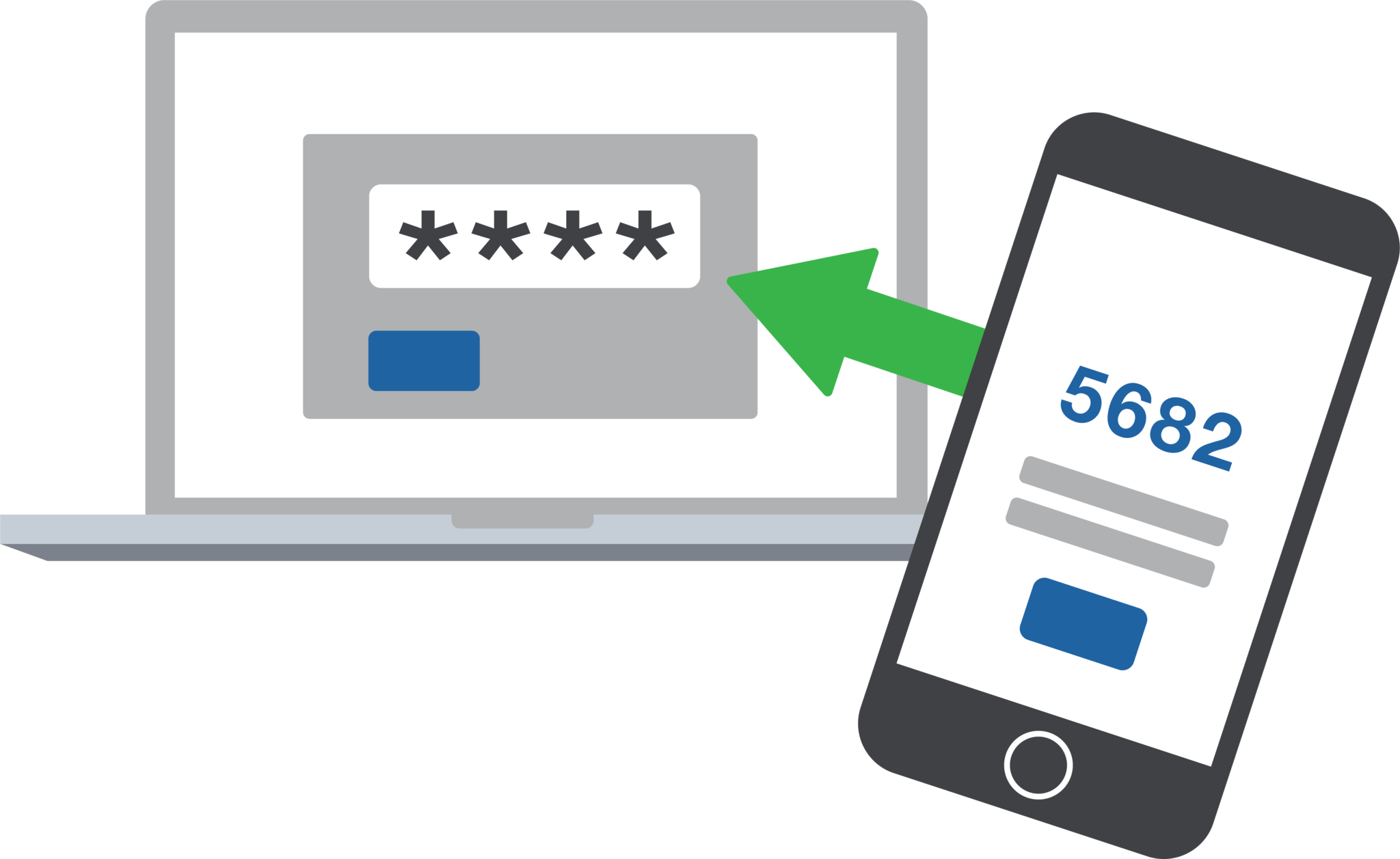Multi-Factor Authentication (MFA) is a crucial technology that can be used to enhance the security of cloud services and business applications, thereby reducing the risk of data loss and breaches caused by hacking. MFA, also known as 2FA, is designed to confirm the identity of a user before granting access to an application or service. By doing so, MFA makes it more difficult for hackers to break into a system even if they possess a user's password.
What is MFA?
MFA typically involves the following steps: a user logs in with their username and password, an authentication server validates the password, and the user becomes eligible for the second factor if correct. Next, the authentication server sends a unique code to the user’s second-factor device, and the user confirms their identity by approving the additional authentication from their second-factor device. Both stages of identity must be passed to grant access to the service.
Why should a business use MFA?
There are several reasons why businesses should use MFA. First, MFA is often required for compliance with regulators such as those in the finance, health, and government industries. MFA is also one of the key factors that cyber insurance policies require.
Additionally, MFA can help protect against third-party data breaches and weak passwords, as well as improve remote access protection by pairing with Citrix, RDP, and VPN. MFA can also enhance cyber security resiliency by mitigating unauthorized access to files from unmanaged or non-authorized devices. Finally, MFA can provide single sign-on for applications, which can improve user experience and consistency.
Summary
In summary, MFA is an essential technology that can help businesses mitigate the risk of security breaches and data loss. By verifying a user's identity through two stages of authentication, MFA can help prevent hackers from breaking into systems, even if they possess a user's password.











